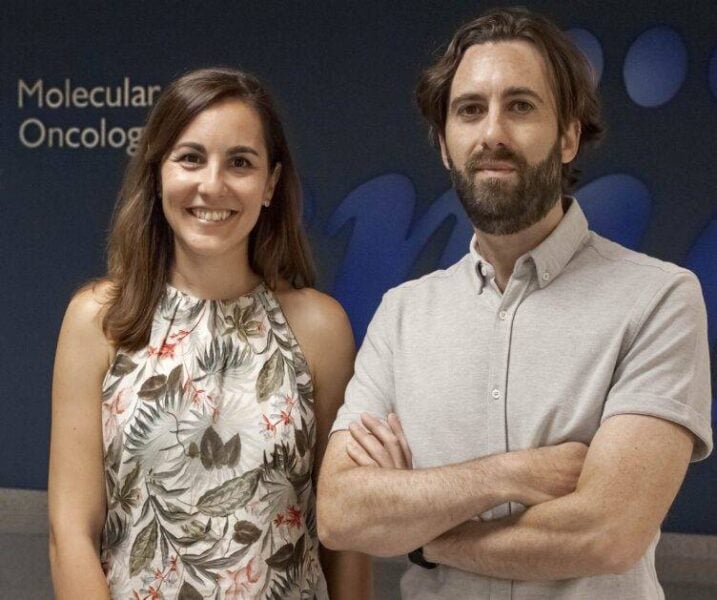A new study by researchers at the National Cancer Research Centre (CNIO) has uncovered a surprising link between the perception of excess nutrients in cells and the onset of premature aging. The findings, published in Nature Aging, suggest that even a slight increase in the activity of the mTOR protein complex, a key player in cellular metabolism, can lead to a shortened lifespan in animal models by up to 20%.
The research, led by Alejo Efeyan, head of the Metabolism and Cell Signalling Group at CNIO, sheds light on the molecular mechanisms behind aging-related diseases and their connection to obesity and inflammation. The study also offers a new research tool to investigate the relationship between nutrient increase and the aging of different organs.
Fooling Cells into a False Sense of Abundance
To manipulate the activity of mTOR, the CNIO team focused on the protein responsible for signaling the amount of nutrients available in the cell. By genetically modifying this protein, the researchers tricked mTOR into believing that there were more nutrients in the cell than there actually were, effectively activating the mTOR pathway as if the animals were consuming more food, even though their diet remained unchanged.
When the animals with this modified protein reached maturity, their cells began to malfunction, displaying characteristic symptoms of aging. The skin became thinner, and damage occurred in vital organs such as the pancreas, liver, and kidneys. Immune system cells, overwhelmed by the extent of the damage, accumulated and triggered inflammation, further exacerbating the problems in those organs.
Cutting the Vicious Circle of Inflammation
The study sought to break this vicious circle by blocking the immune response that causes inflammation. By doing so, the damage in the organs improved enough to potentially extend the lifespan by a few years in human terms. Ana Ortega-Molina, the first author of the paper and current head of the Metabolism in Cancer and Ageing Laboratory at the Severo Ochoa Molecular Biology Centre (CBM), emphasizes that acting on chronic inflammation is “a potential therapeutic measure that controls deterioration of health.”
The findings from this animal model closely resemble changes that occur during natural aging, as confirmed by comparing the results with colonies of naturally aging mice and blood samples from young people and septuagenarians. The decrease in lysosomal activity, for example, is a common feature in both naturally aged and genetically modified animals, as well as in human aging.
The implications of this research extend beyond the scope of this single paper. Efeyan believes that this new animal model provides “ample fertile ground to ask more questions about how nutrient increase, or their signalling, facilitates processes in the different organs that allow us to understand their ageing in particular.” The tool can also be used to investigate the relationship between aging and neurodegenerative diseases, as inflammation is present in the central nervous system.
As the world’s population continues to age at an accelerated rate, understanding the molecular mechanisms behind aging becomes increasingly crucial. This study by CNIO researchers offers valuable insights into the complex interplay between cellular metabolism, inflammation, and the aging process, paving the way for future research and potential therapeutic interventions to promote healthy aging.
If our reporting has informed or inspired you, please consider making a donation. Every contribution, no matter the size, empowers us to continue delivering accurate, engaging, and trustworthy science and medical news. Independent journalism requires time, effort, and resources—your support ensures we can keep uncovering the stories that matter most to you.
Join us in making knowledge accessible and impactful. Thank you for standing with us!

